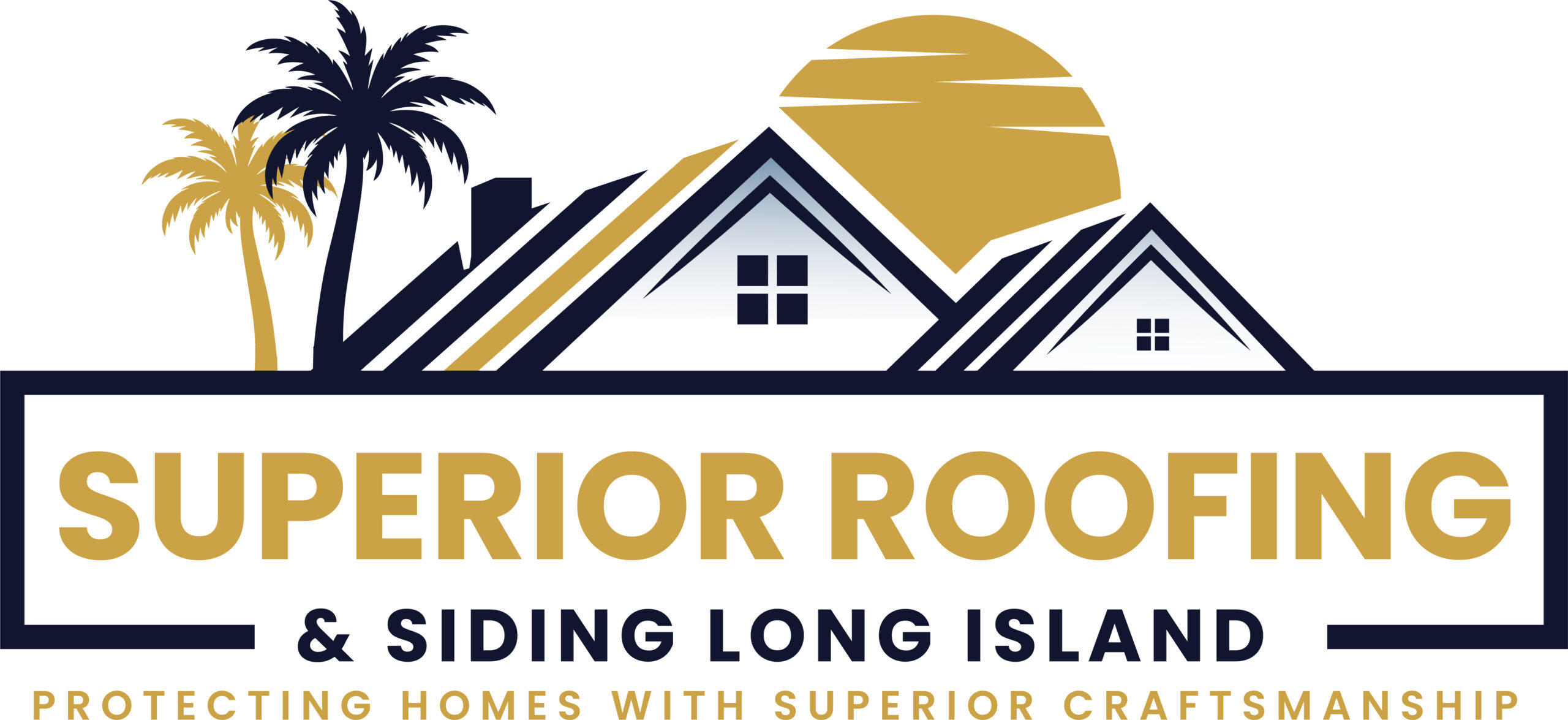When you’re considering roofing options for your Long Island home or commercial property, you might notice that many buildings feature roofs that slope at an angle. These are commonly known as slanted roofs. But what exactly are they called in the world of architecture and construction?
Slanted roofs go by various names, depending on their design and structure. The most common term you’ll encounter is “pitched roof”. This type of roof is highly popular due to its ability to efficiently shed water and snow, making it ideal for areas with varied weather conditions. Understanding the different types of slanted roofs can help you make informed decisions about your property’s roofing needs.
Exploring the different styles of slanted roofs can also enhance your property’s aesthetic appeal. Whether you’re aiming for a modern look or a more traditional design, knowing the right terminology ensures clear communication with contractors and architects.
Understanding Slanted Roofs
Slanted roofs, commonly known as pitched roofs, on residential and commercial properties include various styles like gable, hip, and mansard. A gable roof, with its simple triangular shape, offers easy construction and effective water drainage. Hip roofs, which slope on all sides, provide stability against winds common in Long Island. Mansard roofs, featuring two slopes on each side, add space and aesthetic appeal to buildings.
Choosing the best style depends on specific needs. If maximizing attic space interests you, consider a mansard roof. For durability in strong wind conditions, a hip roof could be a better option. A gable roof suits those seeking simplicity and traditional design. Each style not only enhances the building’s appearance but also offers distinct functional benefits meeting unique requirements.
Understanding these styles helps in communicating effectively with architects and contractors, ensuring that the chosen design aligns with both the functional and aesthetic needs of your home or property. The right choice ensures efficiency in local weather conditions and boosts property value.
Different Types of Slanted Roofs
In Long Island, slanted roofs offer both practical and aesthetic benefits for homes and commercial properties. Exploring various styles helps you make informed decisions tailored to your property’s needs.
Gable Roofs
Gable roofs feature a straightforward triangular shape. Their simplicity enables straightforward construction. Efficient water drainage ensures long-lasting durability, especially in wet climates. These roofs suit many architectural styles, offering versatility for your property.
Hip Roofs
Hip roofs slope on all sides. This design gives added stability in windy areas like Long Island. The structure makes these roofs reliable and sturdy. By choosing hip roofs, you gain resilience against harsh weather conditions.
Mansard Roofs
Mansard roofs stand out with their dual slopes. The design adds extra space, perfect for creating additional rooms or enhancing curb appeal. Balancing function and form, these roofs blend style with practicality.
Saltbox Roofs
Saltbox roofs present an asymmetrical design. One side remains long and sloping while the other is short and steep. This unique slant maximizes space, offering benefits like increased attic or upper-floor area without losing charm.
Benefits of Slanted Roofs
Slanted roofs offer practical and aesthetic advantages for Long Island’s varied weather and architectural styles.
Improved Drainage
Slanted roofs effectively manage rain and snow due to their angled design. Water runs off quickly, reducing the risk of leaks and ice dams. This efficient drainage prevents pooling, which helps preserve the roof’s integrity over time.
Enhanced Aesthetic Appeal
Adding a slanted roof can elevate your property’s visual charm. Various styles like gable, hip, and mansard roofs create distinctive looks that suit different architectural preferences. These designs not only add character but also increase curb appeal, potentially raising property value.
Energy Efficiency
Slanted roofs contribute to energy savings by optimizing insulation space. This design allows better airflow, which helps regulate indoor temperatures. Properly insulated roofs can maintain warmth in winter and coolness in summer, potentially lowering energy bills.
Challenges of Slanted Roofs
Slanted roofs, while popular in Long Island, present certain challenges for homeowners.
Installation Costs
Expected costs for installing slanted roofs can be high due to their complex design. Pitched roofs often require more materials and skilled labor, which increases expenses. Experienced professionals are necessary to ensure quality work because improper installation can lead to leaks and structural issues.
Maintenance Requirements
Slanted roofs demand regular maintenance to remain effective. Routine checks are needed to identify and fix damaged shingles and address potential leaks promptly. Debris like leaves and branches accumulates easily on sloped surfaces, necessitating periodic cleaning to prevent blockages. Regular inspections can extend the lifespan of your roof and help avoid costly repairs.
Conclusion
Understanding the various styles of slanted roofs empowers you to make informed decisions that align with your property’s needs and aesthetic goals. Whether you’re looking to enhance your home’s charm with a gable roof or seeking the durability of a hip roof against Long Island’s winds, each option offers unique benefits. While the initial investment may be higher, the long-term advantages in terms of drainage, energy efficiency, and property value make pitched roofs a worthwhile consideration. By prioritizing professional installation and regular maintenance, you ensure your roof not only meets functional requirements but also stands the test of time.

